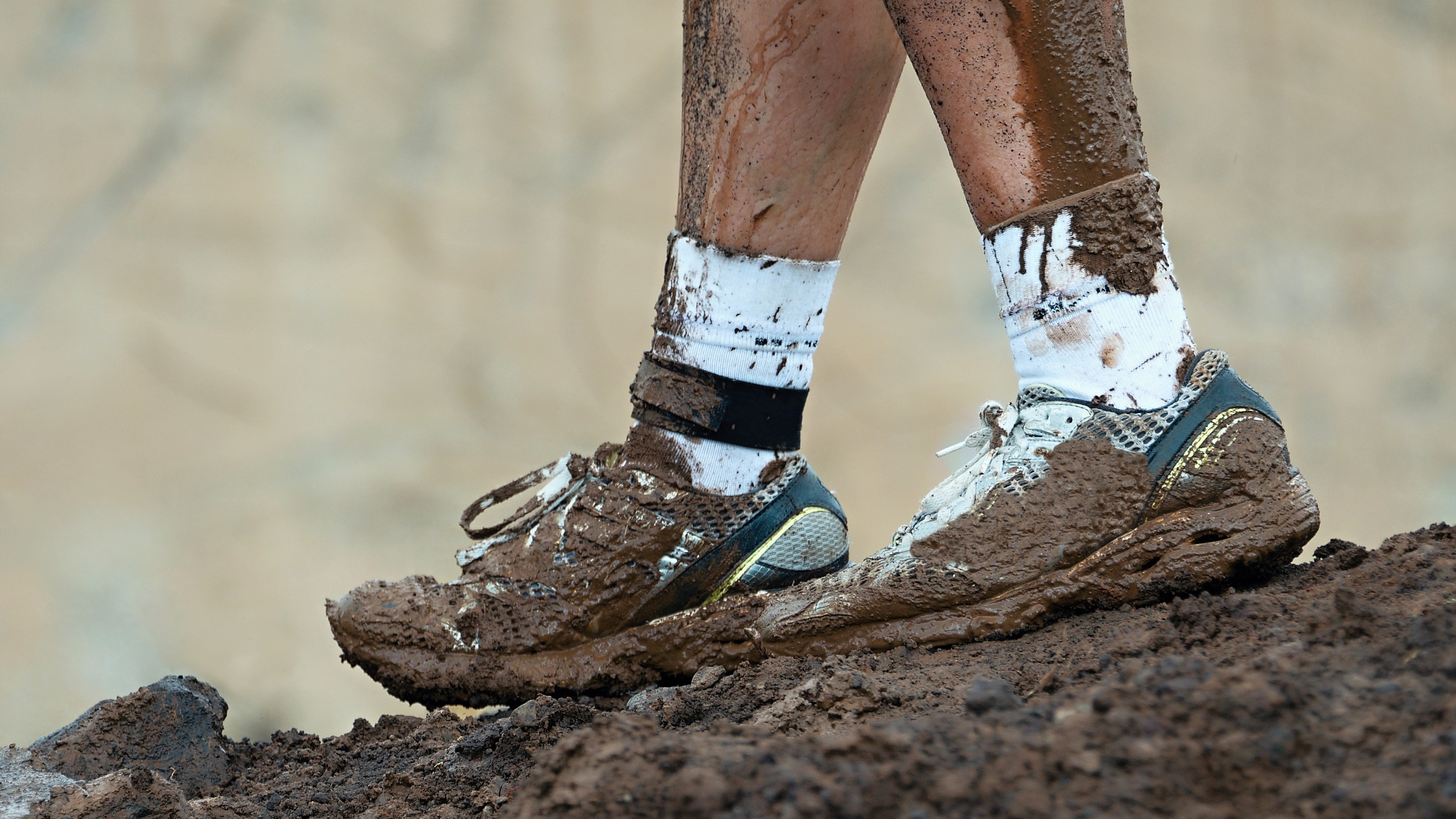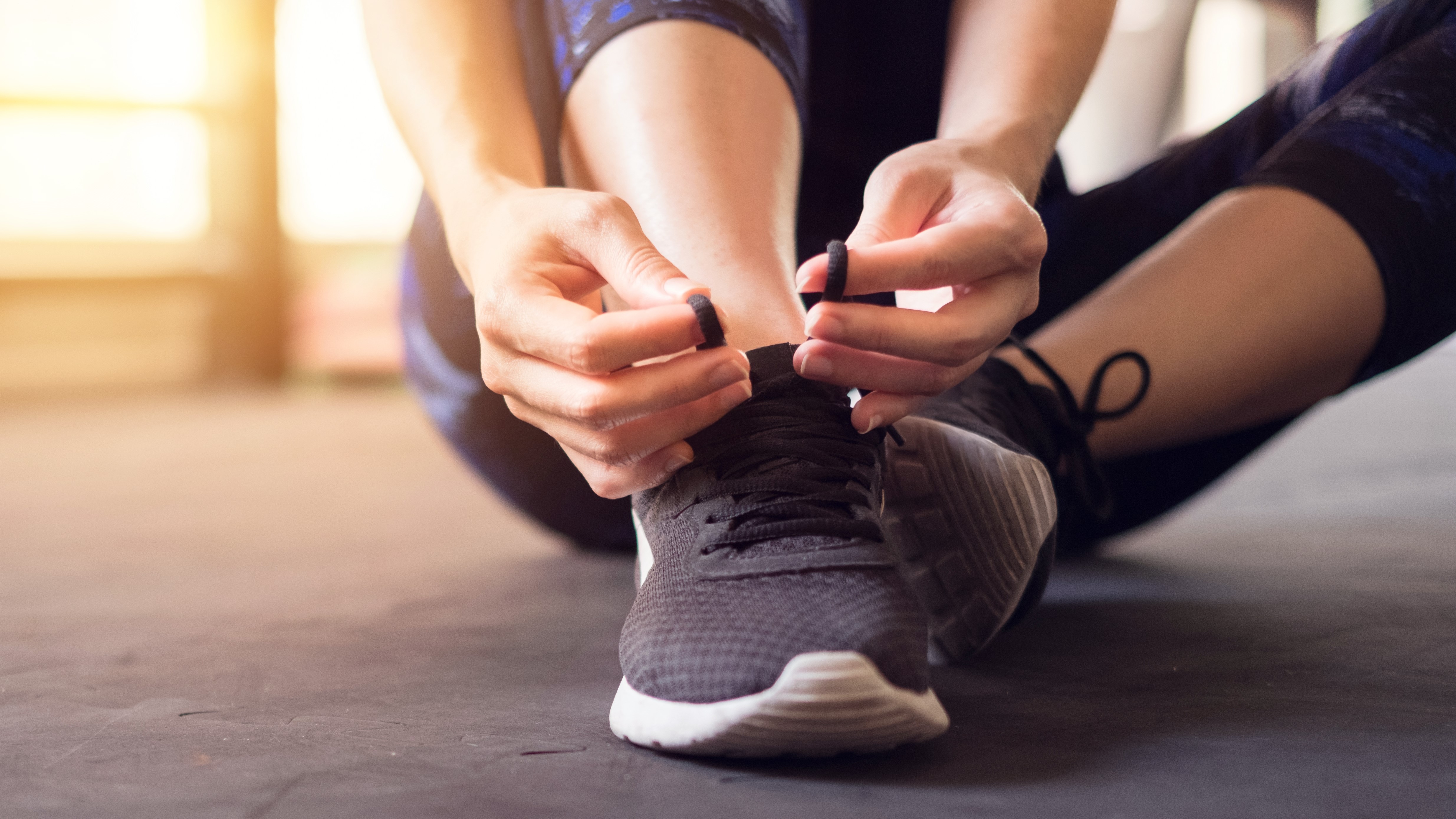When should you replace your running shoes?
Your ultimate guide to running shoe care

If have ever spoken to a runner, you might have heard the terms ‘energy return’, ‘running shoe rotation’ and ‘foam lifecycle’. And while these might sound alien at first, these topics all circle around the same subject: how often should you replace your running shoes and why they need to be replaced in the first place.
The first thing you need to do about replacing running shoes is that unless you’re a person who runs a lot every day, it’s unlikely that you’ll go through more than a pair of running shoes a year. Modern shoes have many features that are supposed to help prolong the lifecycle of the trainers, including reinforced uppers, better, more resilient foams and more. That said, let’s go through what types of wear-and-tear you might come across and how to tackle them.

Cleaning
Many runners will jump on any opportunity to justify their instinctive need to upgrade their shoes to the latest model, including letting their current trainers get dirty, muddy, and generally not looked after. The truth is, a good scrub can revitalise your shoes easily, and better still would be if you gave them a little clean every week, especially in the rainy season.
The best way to clean running shoes is to use warm, soapy water and a brush. Using baby wipes will also get surface dust/dirt off quickly. If your shoes get wet, dry them thoroughly before using them again; otherwise, they might get mouldy. Getting a boot dryer might not be the worst idea.
Upper
The upper is another area you must keep a keen eye on to ensure your running trainers stay in tip-top condition. The main issue with uppers is that people don’t get the right running shoes – many runners size down for a tighter fit – putting too much pressure on the upper in specific areas, mainly the toe box.
A sign of a tight upper can be that your toenails are falling off or that the upper gets worn in the same area, no matter what brand/model you’re using. If holes appear at the top-front section of the upper, you might want to consider using longer running shoes. The same goes for extensive heel rubbing.
Fraying on the lateral side of the toe box could mean your feet are too wide for the shoes – maybe have a look around to see if a wide version is available in the shoes. Many manufacturers try to combat runners getting the wrong size shoes by applying reinforcements on the upper, but these can only help so much. Do your homework and pick the right size and shape of running shoes.
Get daily insight, inspiration and deals in your inbox
Sign up for breaking news, reviews, opinion, top tech deals, and more.

Midsole foam
You've picked the right size running shoes, and you also looked after them – well done! The next and final item on the itinerary is the foam, the main component of the midsole. The midsole foam is usually sandwiched between the outsole – often a rubber compound – and the insole. Every brand has its own foams: Nike has React and ZoomX, Adidas has Lightstrike and Repetitor+, Saucony has PWRRN PB etc.
Taking all other factors out of the equation, the duration of how long your running shoes will last depends on the foam's lifecycle, or, in layman's terms, how long the foam will retain its capability to return energy and cushion your feet from the impact force of repeatedly hitting the ground.
As a general rule of thumb, most foams last between 3-500 miles (5-800 km), although newer, more resilient foams can last even longer, up to 600 miles. This depends on the runner's weight, running style (e.g. pronation), and even the running surface (running on tarmac is worse for the shoes than treadmill running).
Do you need new running shoes?
Before you run to the nearest running specialist store to have your gait analysed and the length of your foot measured, it’s always good to think about why you want to buy a new pair of shoes. With sports manufacturers trying to move towards more sustainable business models, let us remind you that the best way to be ‘green’ as a runner is not to overconsume and only buy shoes when you need them.
If that’s the case – as in, you need new shoes because the old ones aren’t performing well enough – do yourself a favour and pick the shoes that will last long enough. Don’t size down too much, and select a shoe that’s wide/narrow enough to fit your feet. That way, you can ensure your new running shoes stay in the best condition possible for as long as possible.
Matt is a prolific fitness writer who covers everything from running shoes and watches to home weights and multi-gyms, You can often find him eating some sort of rice dish straight out of a plastic container, staring at an empty word document. When he isn’t writing fitness news, reviews and features for T3, TechRadar or Fit&Well, he’s probably out testing running shoes (wearing four fitness trackers simultaneously) or doing home workouts in his tiny flat.
